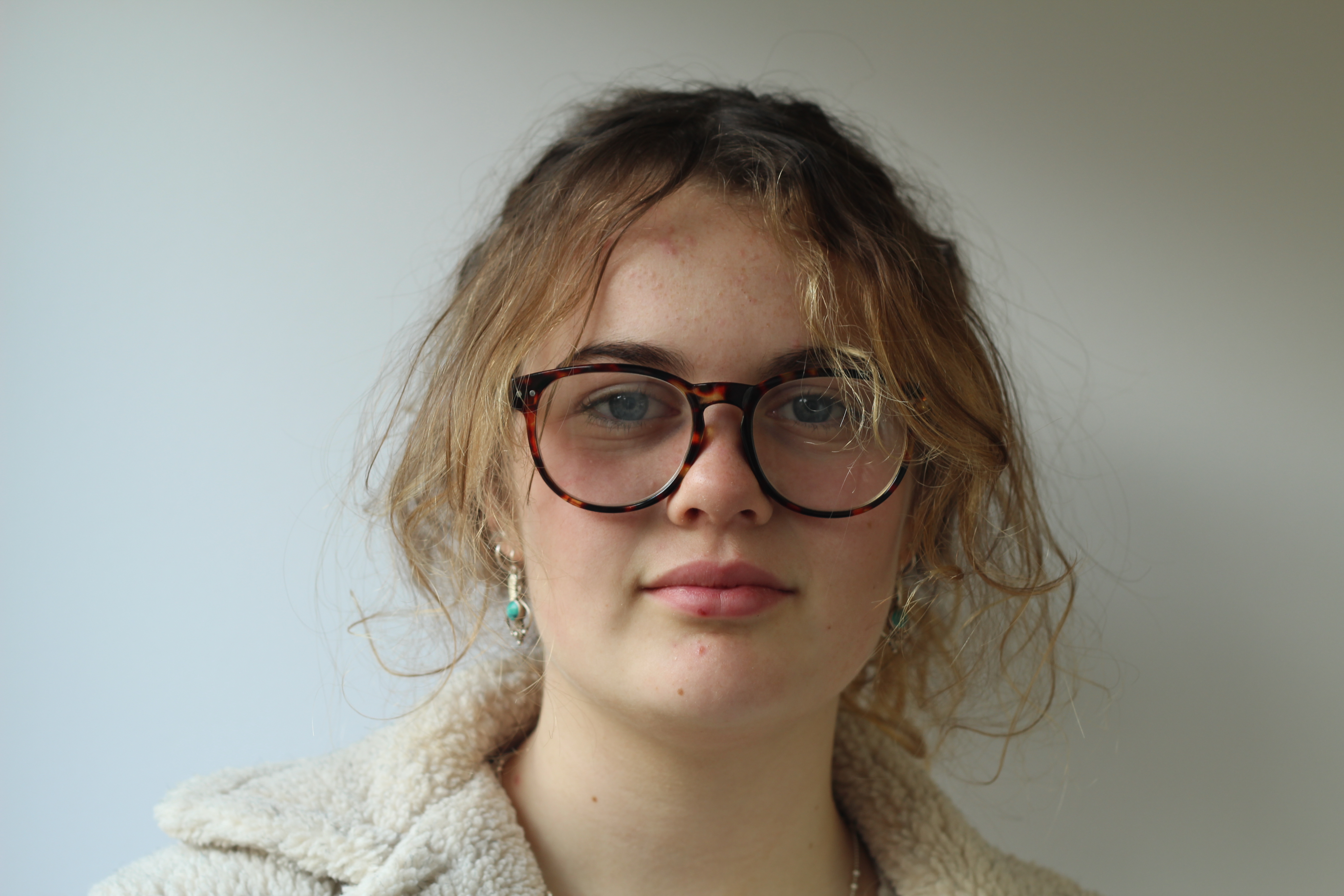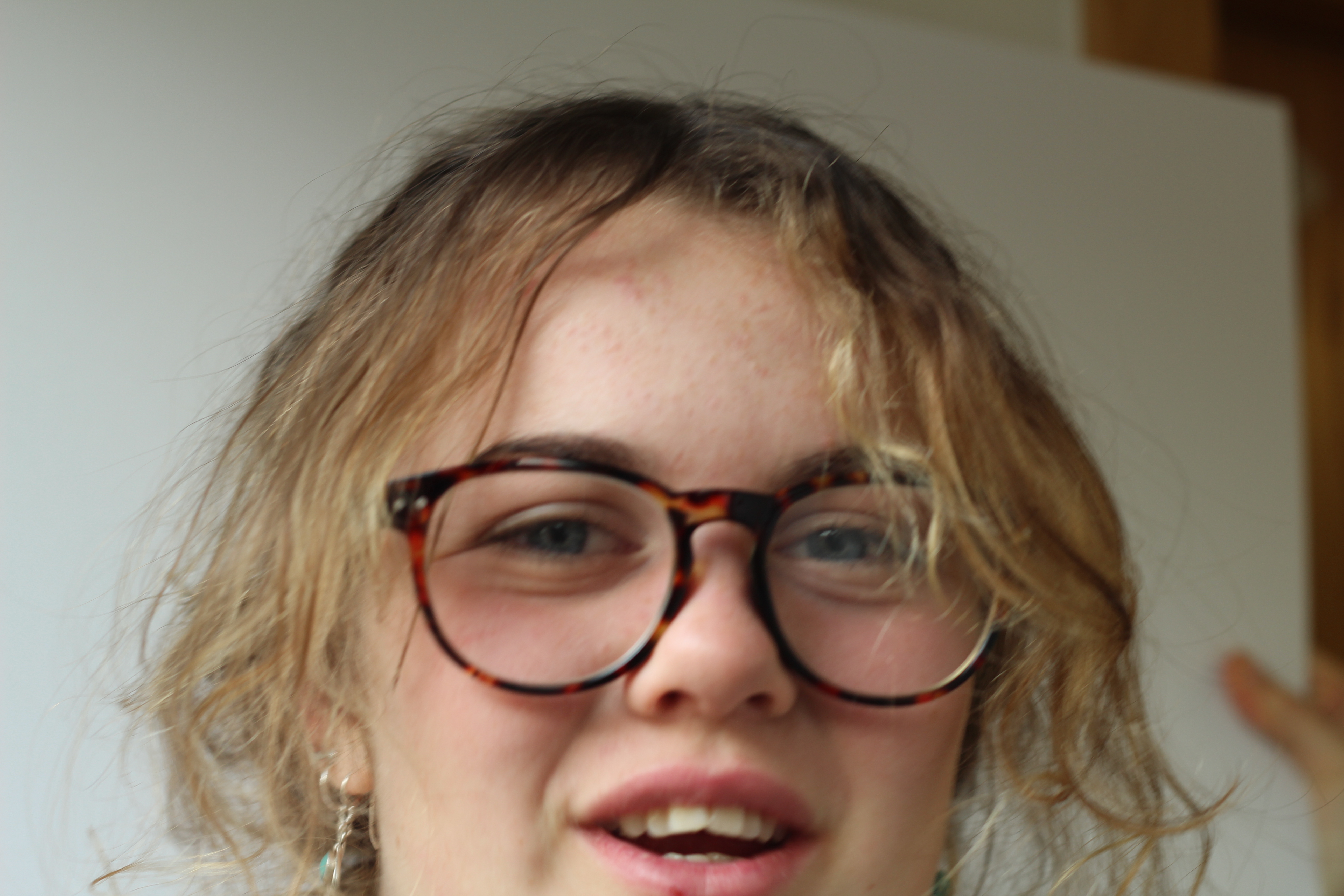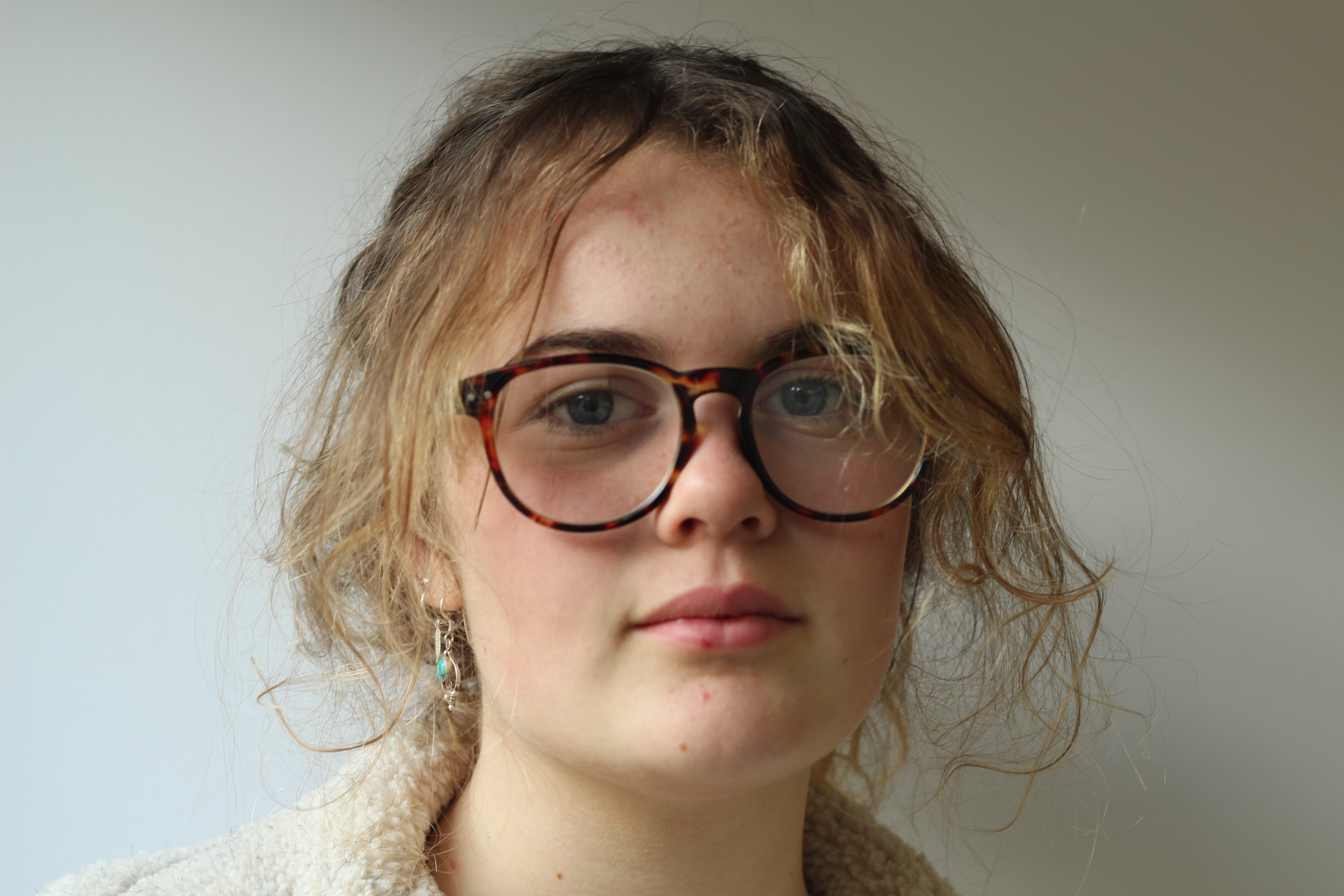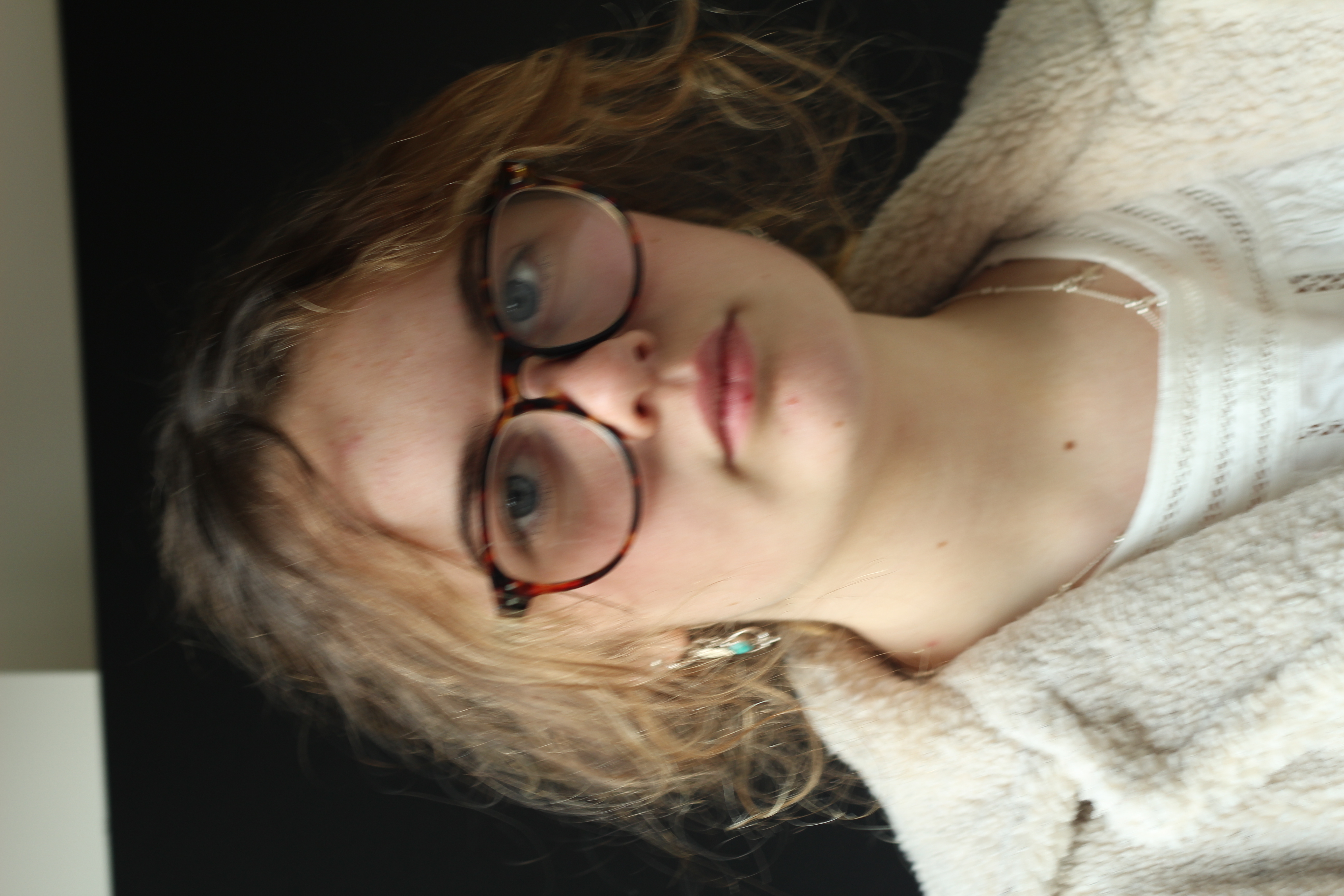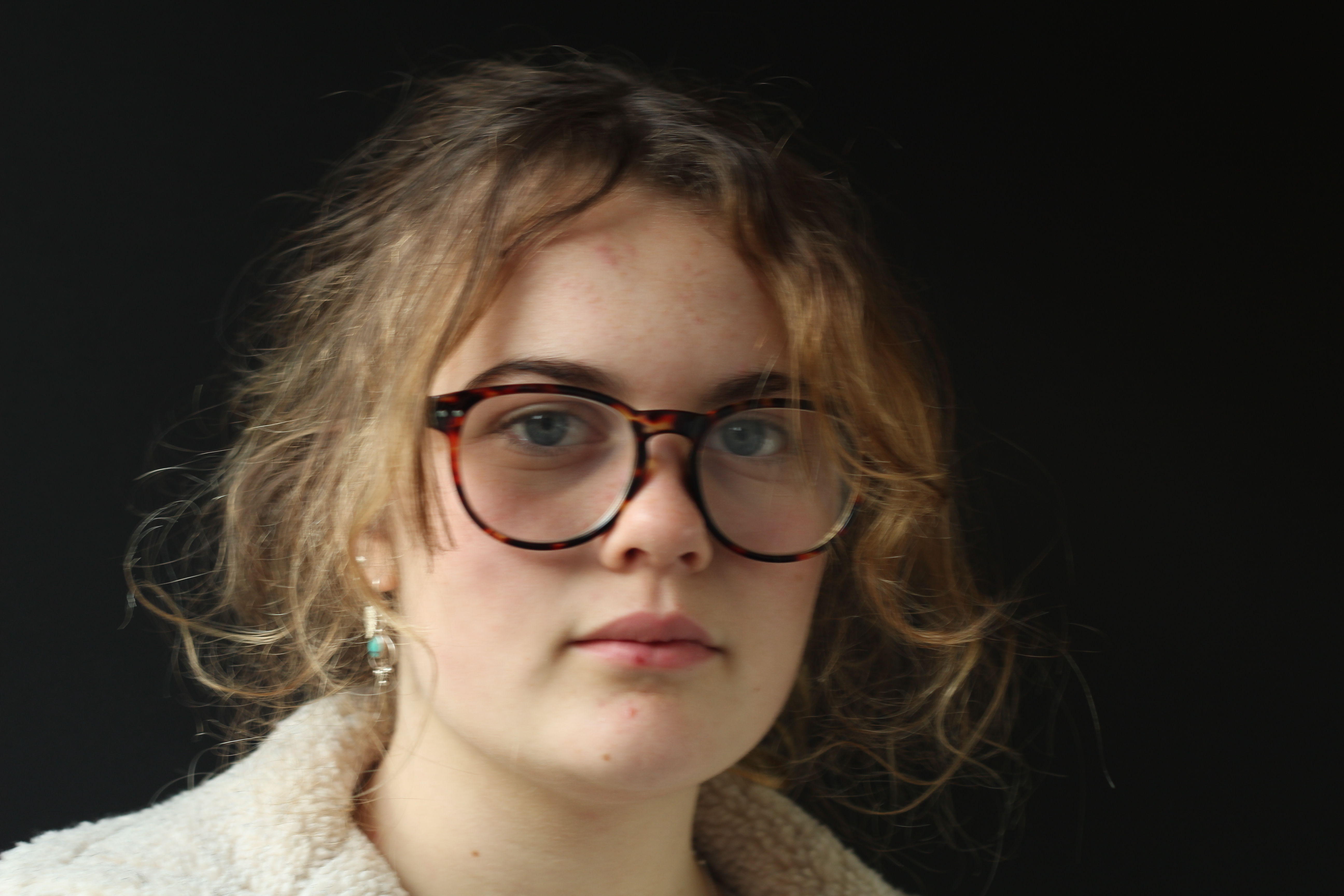Natural Lighting
Light Intensity, White Balance & Temperature
Light intensity refers to how harsh or soft the light is and can change quickly. Direct sunlight usually produces harsh light, especially during the middle of the day. This is not ideal for portraits because shadows are short and deep and contrast will be high. As I was next to a window here and inside: the light is soft and cool toned, there is no warmth from the sun or any artificial lighting. I’ve found that when taking photos in the day it is better to take them inside as there is no harsh lighting. If you are shooting outside in the sun, the subject will have warm tones and the lighting will be harsher. However you can still shoot outside and avoid harshness, for example, shooting in the “golden hour” produces a soft, diffused light and is more flattering than the harsh sun. Clouds covering direct sunlight can create a softer more diffused light as well making or a more flattering cooler toned portrait.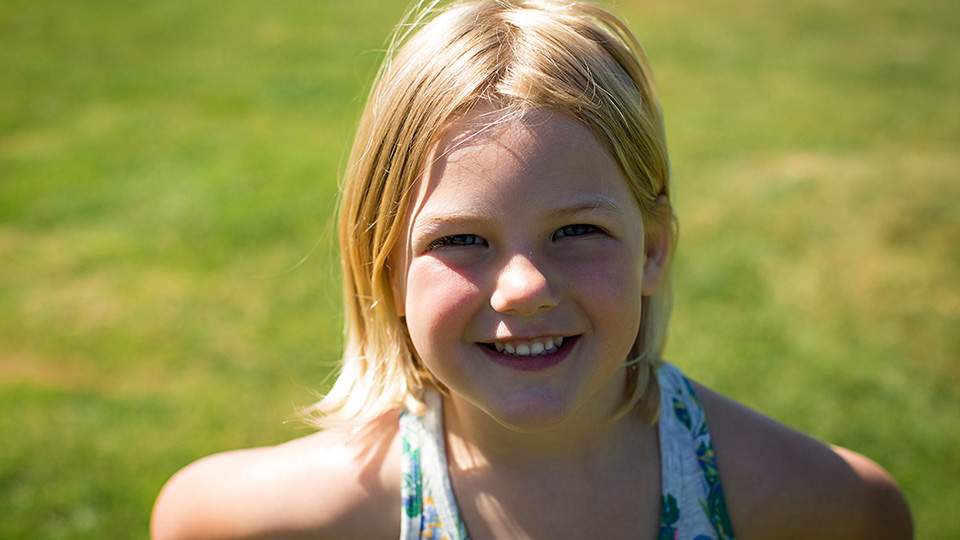
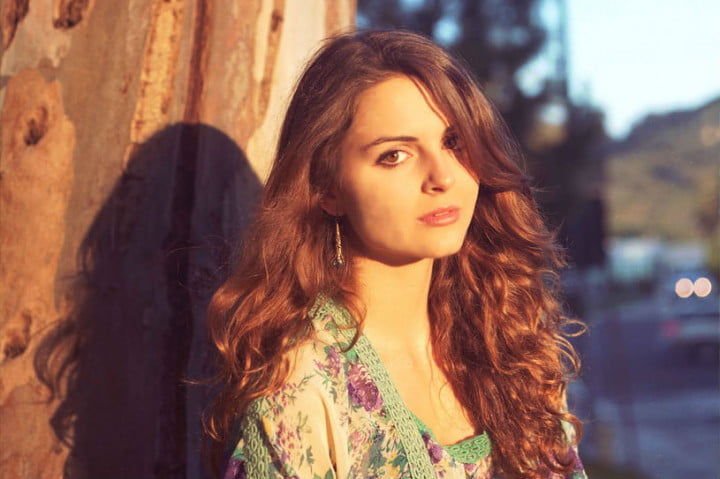 Examples of harsh direct sunlight and golden hour:
Examples of harsh direct sunlight and golden hour:
Light Direction
This is the direction that the light is coming from, the direction of light on your subject is one of the most important aspects of creating a strong portrait. The way light hits your subject will display the highlighted features, the emotional appeal and the viewer’s perception. Back lighting, front lighting, side lighting and top lighting are the four main types of directional lighting. Here I have used side lighting as it can easily be done by moving your subject into a doorway or next to a window. Side lighting gives more depth to a person and can help to create stronger emotions.
Reflectors
Reflectors are often used by photographers to redirect light towards a given subject or scene. Many reflectors have a black side that can be used to block out light instead of to reflect it. Reflectors are also great for bouncing a flash when there’s nothing around to bounce off of. There are white, silver, gold and black reflectors which all do different things. The white side casts a very soft, clean light and is useful in studio where flash is used, or when there is good light outside like during a sunny noon-time shoot. The metallic gold material casts a very strong warm light onto the subject. The black side isn’t actually a reflector at all. It’s an anti-reflector, black reflector to cast a shadow on certain areas of the image. For example, if the lights are producing too even of a light on the model’s face, a the black side of the reflector can cut out the light on one side to create more artistic shadows. The silver side is great for shooting in low light or where a strong light is needed; however, the light is often too strong for mid-day shooting.
Gallery of my photos:
Best Outcomes
